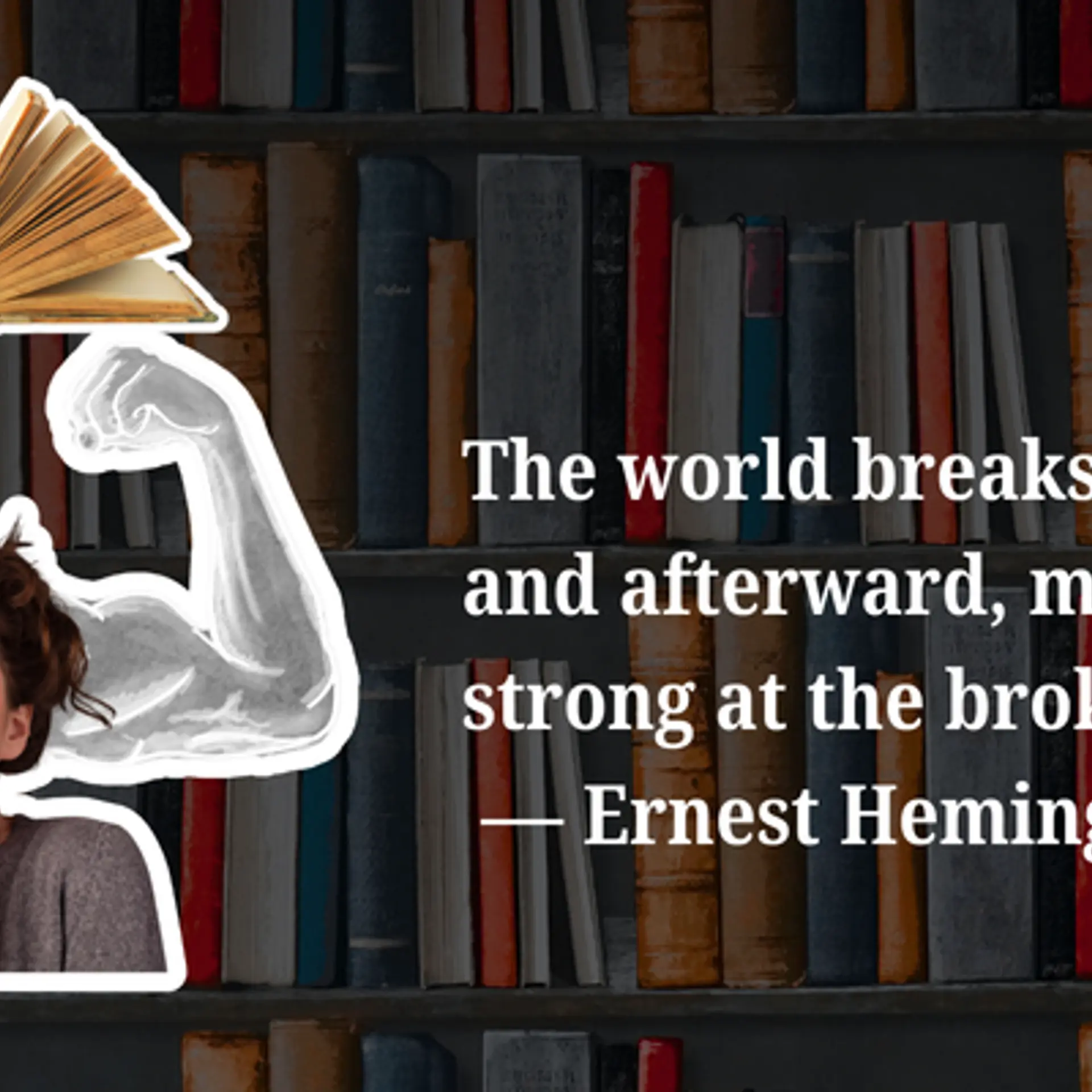At the heart of all brand-building and marketing lies storytelling. But haven’t we all learned that ‘product’ is the most critical of all the Ps? Yes, that remains true. However, a super product with a poor storyline is unlikely to cut much ice with the folks you are targeting. Especially since you want them coming back to you repeatedly. So, where does that leave young ventures that are still finding their feet in the market? Most are busy enough trying to raise funds, let alone executing heavyweight marketing concepts.

Develop a story, own the conversation
Shaving brand Harry’s has shaken up a market that for a long time has played host to only one leader – Gillette. That’s not a trivial achievement, given that the shaving industry requires constant product innovation, expensive R&D and high volume advertising.
Harry’s provides us with a case of good storytelling (for instance, check this out). They focused on creating really awesome-looking products, with a strong core message that established the brand as being creative, affordable and equally efficient.
This is especially important when the goal is to sell an experience, whether it’s shaving or buying groceries. And when the story is strong, it reflects in every aspect of your value chain – from the factory shop floor to the customer’s shelf.
In the end, the customer should feel compelled to talk about it. Therefore, it might be instructive to create engagement that generates conversations. These engagements can be simple – for example, in the context of shaving, style competitions or creating a National Shaving Day after ‘Movember’. (Harry’s does the latter, but also goes the slightly expensive route of having its own salons, creating a magazine and so on.)
Innovate and collaborate
As we said in the beginning, your story should reflect in every aspect of the business.
For example, if your core product promise is about creating a hub where musicians around the world can collaborate, then your entire team’s innovation should be focused on how you can make life easier for anyone participating on your platform – whether it’s a musician, a talent-spotter, a record label, or even a listener. It would be instructive to read how Bandcamp has created a win-win strategy in a declining music market.
Create your own space for growth
Do good and good will happen to you. Take the case of Warby Parker, which distributes free glasses to a section of society that can’t afford them. It does so even as it sells quality, designer eyewear at affordable prices. This simple activity gets Warby Parker huge brand equity, because they have a very unique story to tell – one that surpasses all costs of distributing free glasses. It creates customer conversations, it creates brand innovation, and it definitely creates revenue. Read more about Warby Parker’s strategy here: https://goo.gl/nZG0nu and https://goo.gl/W9Ncca.
Don’t feel shy about highlighting your expertise
So, you have created something new that the market has never been exposed to? Good for you! You might have the best coders, brilliant marketers, a sales guy from heaven and top VCs backing you, but what good is it all if you can’t highlight your expertise?
Don’t feel shy about telling the world how great you are. It’s a mistake that a lot of people make – they equate marketing of their individual expertise with boasting (more so in the Indian cultural context). It’s not!
Share insights, help people decide
We are all here to buy and sell services or products, and we all want to make informed decisions. Therefore, whether you operate in the field of mobile technology or food, it’s important that you share your knowledge with your customers. Be the thought leader. Let your potential customers feel comfortable in the knowledge that you know your stuff. Let them feel sure that they are going to be investing in the right product/service.
Tell people what’s happening around the world in your domain. You could even weave a narrative around what the latest improvements in technology are or what the latest trends in menu designs are. Doing that, perhaps, will answer the customer’s query of why you are better than X or Y or Z.
This is not only about maintaining blogs, tweeting, or having an active Facebook page. Try to be out there at conferences, or if no one invites you, create mini audience-connect sessions of your own at the nearby café.
Ultimately, it’s about positioning your expertise in as helpful a way as possible.
Flexible creative execution
The level of creative execution required varies from sector to sector and story to story. Be careful about the visual identity and brand language that permeates all stages.
Communicate a single end-to-end experience. It’s very important to establish the mood in your creative execution that fits exactly the story you are trying to tell. Not any more, not any less.
But while crafting the creative strategy, think about the future. You might want to add certain verticals to your business at a later date. In that case, the brand name that you choose, the logo that is designed and the communication that is drafted must leave enough leeway for the audience to connect with even your extended business line at a later date.
Needless to say, plan upfront with your agency, but retain the freedom to do something different. An elaborate storyboard might lock you into something too deeply, even if the final product is not pointed in the right direction. But, at the same time, that doesn't mean you should micro-manage the creative agency – give their brilliance some room.
(Disclaimer: The views and opinions expressed in this article are those of the author and do not necessarily reflect the views of YourStory.)







